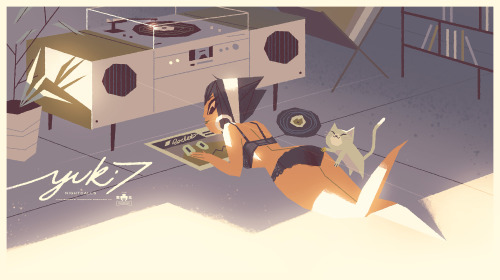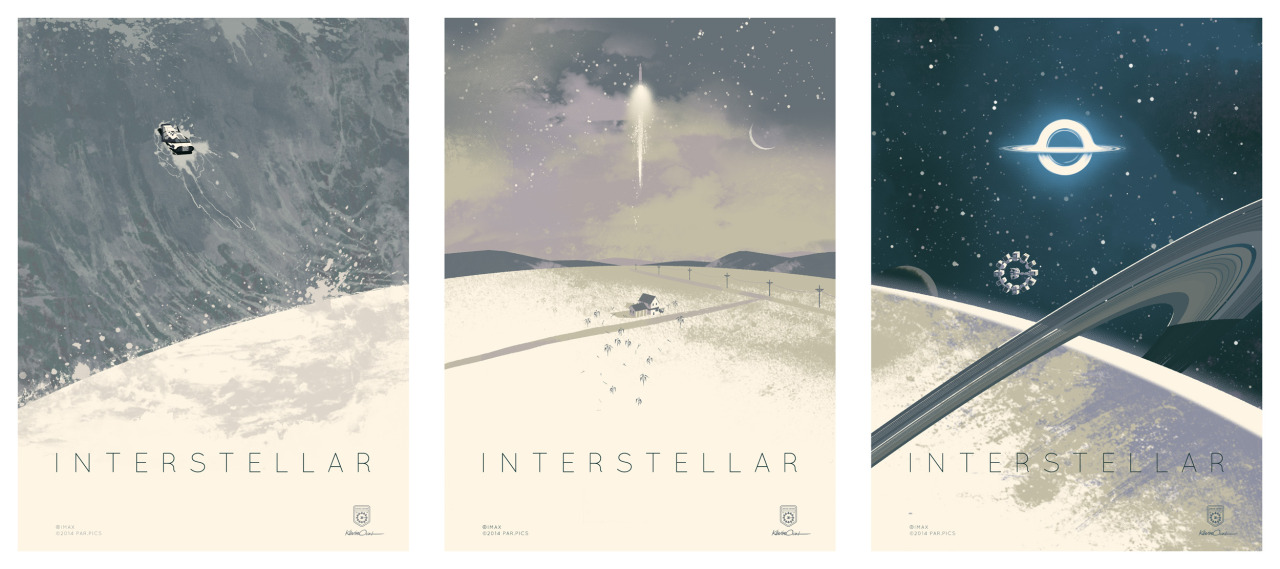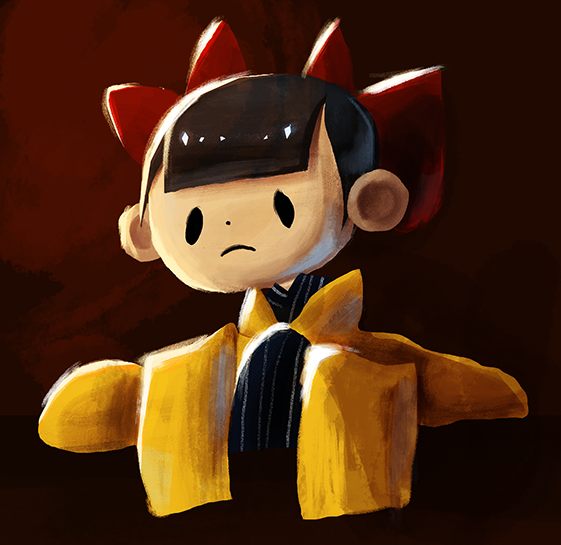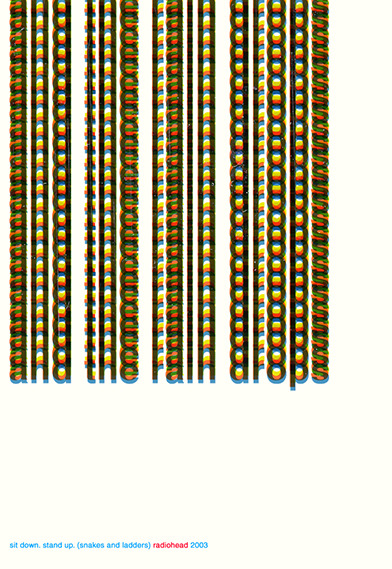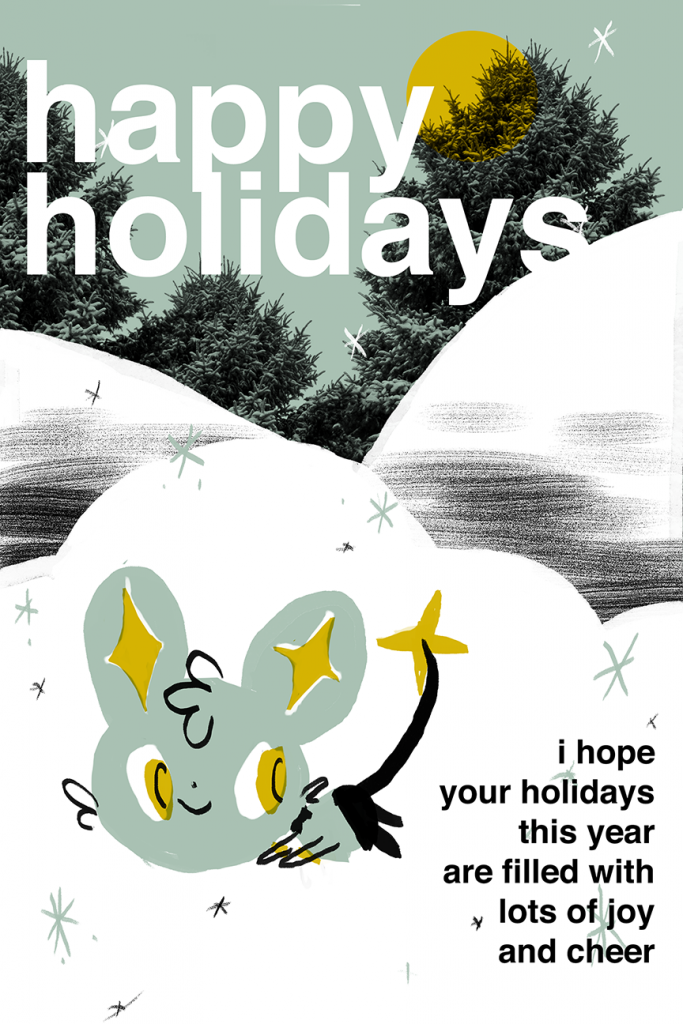Part 1: Based on the notes you took during class, write a brief description and response to each of the Faculty presentations.
Tammie Rubin: The whole of the work Professor Rubin showed us was her ceramic sculptures that mimic and mock nature. I found them reminiscent of Dr. Seuss worlds and illustrations, especially with all the cones, balls, and the vivid bright colors. I don’t have a large interest in 3D art because I like drawing much much better, so I had never seen work made out of clay that was as non-conventional as hers. Even after her presentation, I still felt odd that her ceramics didn’t serve a “useful” purpose, but I think that questioning if everything needs to serve a physical purpose is what the professor wants us to do when we look at her work. I really liked it, personally, and I’d love to go to a show and touch the pieces (just to kind of convince myself that they’re not actually plastic).
Kim Garza: Professor Garza showed us her graphic design work for the app Eventurist and the collaborative work she’s done with her husband using the film “Till The Clouds Roll By”. I kind of felt that the video had very little to do with graphic design and a film could have easily been shown to us by a teacher of any other VISU field of study (fine arts or photography) and still made sense. So I wish I had gotten to see more of her graphic design work.
James Lamb Shuren (?)…(he didn’t show his name on the screen, so I’m not sure how to spell it): I really enjoyed how he explained his work and what inspired his works. Just like Lynne Bowman Cravens, he was a little more open about the thought processes that feed his work, which is something I really enjoy hearing. I felt that his works were also very approachable and very relatable, perhaps because they were so personal. A lot of them had quite a bit of humor in them too, and he was very creative about what he photographed, so I really enjoyed his work.
Part 2: Reflection on this semester and course. Feel free to write any and all comments here. We want and appreciate your feedback (both positive and critical).
I enjoyed attending seminar (I mean except for the fact that it was at 3:30 since the rest of my classes ended before 1pm). I mainly enjoyed the intro class where we got to draw stuff, and the exquisite corpse day as well. I mean, obviously we would get lectured because it was a seminar class, but it’s tough on my ADHD to sit quietly for an entire hour, even if the stuff being presented is interesting.
I also would have liked to have more one on one time with the people who presented, or with you guys as well. Been able to talk about where we wanted to go with our careers so that you guys could give us some sort of direction on the steps to take to get there. I’m a very scatterbrained person and often find myself knowing what I want, but not knowing how to get it, and I’m sure many others feel the same way, so more specific guidance would have been nice, I feel.
Otherwise, I always enjoyed Hollis’ jokes and Tuan just kind of being very serious all the time about it while Bill sat in the corner and said sarcastic things every now and then. That was great.



